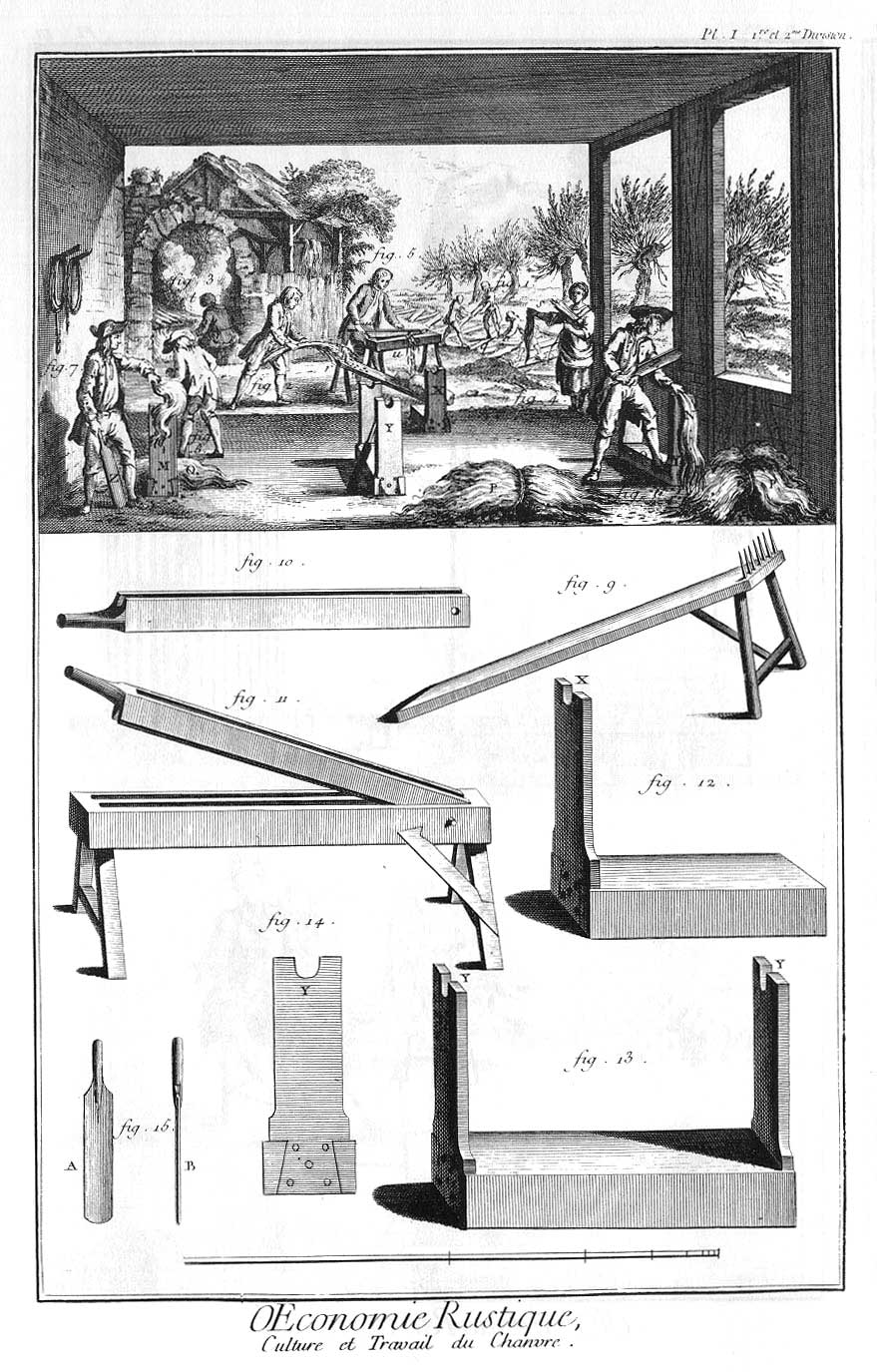use certain cataractic instruments
Original French: vſent de certains inſtrumens catharactes
Modern French: usent de certains instrumens catharactes
Notes
Culture et Travail du Chanvre
Culture et Travail du Chanvre
portcullis

Coat of Arms of Stamsried

Der Zickzackbalken ist dem Wappen der Muracher entnommen, die die Hofmark Stamsried von Mitte des 15. bis Ende des 16. Jahrhunderts innehatten. Dieses Wappenbild basiert auf einem Siegeltypar mit nur dem Ortsnamen als Umschrift, das vermutlich in Verbindung mit einer Wappenverleihung vor 1585 (Marktrechtsverleihung 1580) entstand, in Abdrucken von 1639 und 1700 überliefert ist und bis zu den Dienstsiegeln des 19. Jahrhunderts beibehalten wurde. 1897 fügte die Gemeinde dem Wappen ohne Festlegung der Tingierung unter dem Schildhaupt mit dem Muracher Zickzackbalken in gespaltenem Feld die Flachsbreche und eine Tanne auf Berg hinzu; die Tanne geht auf die Fehldeutung eines Engels über dem Schild im ersten Siegel durch einen Ortschronisten zurück und wurde später wieder weggelassen.
[Google translate] The zigzag beam is taken from the coat of arms of the Muracher, who held the Hofmark Stamsried from the middle of the 15th to the end of the 16th century. This coat of arms is based on a Siegeltypar with only the place name as a transcription, which presumably in connection with a coat of arms before 1585 (market rights 1580) was created, in copies of 1639 and 1700 handed down and was up to the official seals of the 19th Century maintained. In 1897, the municipality added to the coat of arms without fixing the Tingierung under the shield head with the Muracher zigzag beam in a split field the flax brake and a fir on the mountain; The fir goes back to the misinterpretation of an angel above the shield in the first seal by a local chronologist and was later omitted.
Cathartique
Cathartique. A purgative, or evacuative; a purging medicine.
Cataracte
Cataracte: A violent fall of waters from a high and steepe place; also, a strong yron-bound chest, open in the top and set with pikes in the bottome, thereby to sticke fast, and steadily where it is to stand; (used especially in water-workes;) also, a Cataract, or web in the eye.
instrumens cataractes
Instrument qui bruise, rompt, broie le chanvre, une broye: du grec χαταράσσσ, frango, rumpo, d’où cataracta, herse de porte sarrazine.
catharactes
Broyeurs (mot formé sur le verbe grec χαταρρηγνυναι)
cataract
From Greek, a waterfall, also a portcullis (as adj., down-rushing) : either (1) break down, rush down; or (2) dash down, break in pieces, from down plus strike hard, dash in pieces.
A descent of water over a steeply sloping surface; any furious downpour of water; a diesase of the eye; in fort., a herse.
herse
A framework composed of bars or rods, and used for any purpose. A grating.
In fort., specifically, A portcullis. A frame armed with spikes, used for chevaux-de-frise, and laid in the way or in breaches, with the points turned up, to obstruct the advance of an enemy.
portcullis
instrumens catharactes
Outils pour briser. Néologism, du grec χαταρρηγνυναι, même sens.
cataracte
Chute d’eau sur le cours d’un fleuve.

